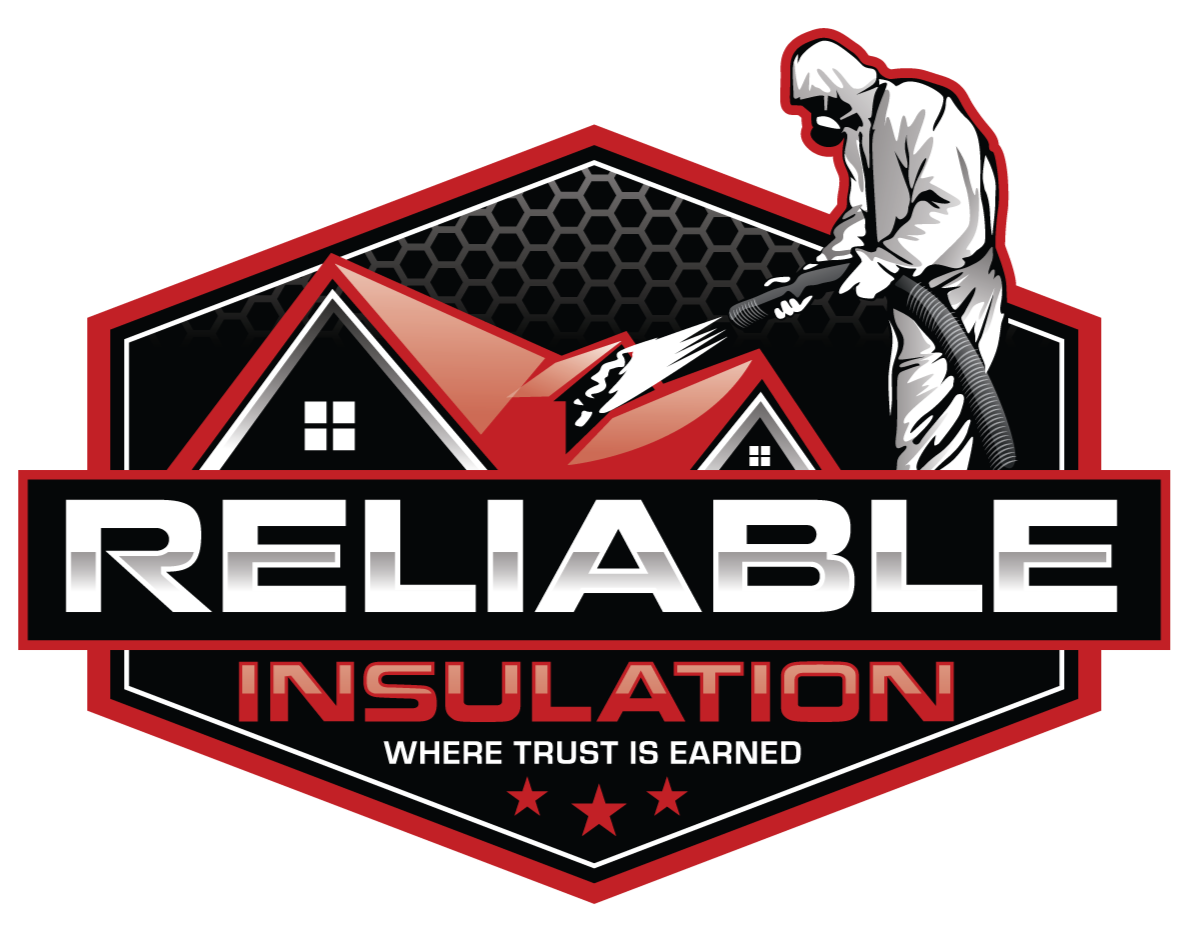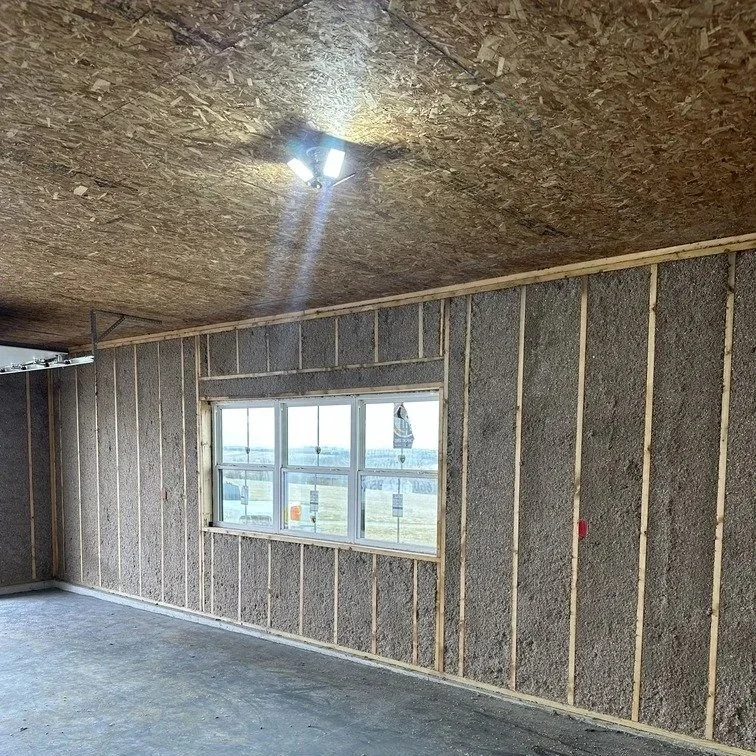Light, Fluffy, And Fierce: Why Blown-In Fiberglass Still Reigns Supreme
Professional fiberglass blown-in insulation installation provides an even, flexible coverage that adapts to every nook and cranny, leaving fewer gaps behind.
Blown-in fiberglass has held a steady place in the insulation world for decades, and it is not showing signs of stepping aside anytime soon. Known for its light, airy appearance and surprisingly strict performance, it has become a trusted solution for homeowners and businesses alike. Professional fiberglass blown-in insulation installation provides an even, flexible coverage that adapts to every nook and cranny, leaving fewer gaps behind. That flexibility makes it a popular choice for attics, walls, and hard-to-reach spaces where precision really matters.
Why Fiberglass Remains A Classic Choice
Some building materials fade into history, but fiberglass remains a steadfast choice. Its affordability, durability, and effectiveness have cemented its place as a go-to insulation material. Unlike older methods that relied heavily on rigid boards or messy loose-fill options, blown-in fiberglass provides a cleaner and more efficient application. Contractors rely on it not only for its cost-effectiveness but also for its proven ability to enhance comfort and improve energy savings. In a world filled with high-tech insulation alternatives, fiberglass proves that sometimes the classic choice still performs the best.
The Science Behind The Fluff
The “fluff” of blown-in fiberglass is not just for looks. Each tiny fiber works to trap air, slowing down heat transfer and maintaining steady indoor temperatures. When applied professionally, it forms a blanket-like layer that seals cracks and covers spaces with surprising density. The science lies in the R-value, which measures resistance to heat flow. With the right thickness, blown-in fiberglass delivers strong R-values that meet and often exceed energy efficiency standards for homes and businesses.
Energy Efficiency That Pays Off
Heating and cooling are a significant portion of household energy bills, and insulation plays a crucial role in controlling those costs. Blown-in fiberglass offers consistent thermal resistance, enabling HVAC systems to operate more efficiently. After professional fiberglass blown-in insulation installation, many property owners notice immediate differences. Rooms feel more comfortable, drafts fade away, and monthly bills become noticeably lower. While some premium materials may boast higher per-inch R-values, fiberglass consistently delivers excellent value for its price point.
Fire Safety And Peace Of Mind
Fiberglass is naturally non-combustible, which means it does not contribute to flames in the event of a fire. That property makes it an attractive option for homeowners and building managers concerned about safety. Contractors appreciate its fire-resistant qualities because it allows them to add insulation without introducing new risks. Combined with other building materials and fire safety systems, fiberglass insulation adds an extra layer of confidence. Comfort is not always easy to measure, but it carries real value.
Moisture Resistance And Mold Protection
Moisture can quickly undermine insulation performance, leading to sagging, deterioration, or mold growth. Fiberglass resists moisture absorption, meaning it does not provide a food source for mold or mildew. Professional installation also helps maintain proper airflow, reducing the chance of condensation forming in hidden spaces. For homes with older insulation materials prone to moisture damage, fiberglass upgrades often provide a welcome improvement. Contractors often recommend it in humid regions, where moisture resistance is crucial for maintaining long-term performance.
Noise Reduction With A Soft Touch
Few people realize the significant contribution insulation makes to sound control. Blown-in fiberglass not only traps heat but also absorbs sound vibrations. That means less traffic noise, fewer interruptions from barking dogs, and quieter indoor spaces overall. Households and businesses benefit from reduced noise fatigue, and the results are often noticed as soon as the installation is complete. By filling cavities, blown-in fiberglass creates a softer and quieter atmosphere without the need for additional soundproofing products.
Versatility Across Building Types
One of fiberglass’s greatest strengths lies in its adaptability. From single-family homes to commercial buildings, blown-in fiberglass fits almost anywhere. Attics with odd angles, retrofits in existing walls, and even large-scale industrial spaces benefit from its lightweight application. Contractors use specialized equipment to apply it evenly, making the installation process efficient and effective. Fiberglass blown-in insulation installation has become the standard for projects where flexibility and coverage are top priorities.
Durability That Lasts For Decades
Some insulation materials settle over time, losing effectiveness as they shift or compress. Blown-in fiberglass resists that problem, maintaining its loft and performance for decades. Once installed properly, it continues to perform without requiring frequent replacements. Professional contractors appreciate its reliability, and homeowners enjoy insulation that stays effective long after the initial project is complete. Its staying power makes it an investment that continues to deliver returns long into the future.
Environmental Benefits Of Fiberglass Insulation
Sustainability plays a role in modern building decisions, and fiberglass earns points in that category. Many fiberglass insulation products are manufactured using recycled glass, thereby reducing waste and lowering their environmental impact. Its long lifespan also means fewer resources are needed for replacement over time. By improving energy efficiency, fiberglass indirectly lowers carbon emissions by reducing reliance on heating and cooling systems. For families and businesses prioritizing eco-friendly choices, fiberglass insulation aligns with those goals without sacrificing performance.
Why Professional Installation Matters
While fiberglass insulation is known for its user-friendly nature, professional installation is key to unlocking its full potential. Contractors bring the expertise and equipment needed to apply it evenly and at the correct depth. Gaps, uneven coverage, or underfilling can reduce effectiveness. Spray hoses and blowing machines allow professionals to distribute the material with precision, reaching into corners and crevices that would otherwise be left exposed. Professional fiberglass blown-in insulation installation guarantees results that last, with no guesswork involved.
Comparisons With Other Insulation Types
Spray foam and cellulose often compete with fiberglass in discussions about insulation. Spray foam creates a tight air seal but comes with a higher price tag. Cellulose provides good coverage but can absorb moisture and settle over time. Fiberglass, on the other hand, strikes a balance between performance, cost, and durability. It is affordable, effective, and resistant to the pitfalls that sometimes plague other materials. Contractors frequently recommend it as the best all-around choice, especially for budget-conscious homeowners who still want strong results.
Comfort That Transforms Living Spaces
Energy savings are significant, but comfort often takes center stage once insulation is upgraded. Blown-in fiberglass makes homes feel more consistent from room to room, eliminating hot and cold spots. Families notice they can enjoy every corner of the house without having to layer blankets in winter or fight over fans in summer. Businesses appreciate how stable indoor climates support productivity and reduce strain on equipment. Comfort may not appear on the utility bill, but it improves the quality of life every day.
A Look At Real-World Success Stories
One homeowner in an older, drafty property saw their heating bills plummet after professional fiberglass blown-in insulation was installed in the attic. Another family finally experienced a quiet night’s sleep after insulation reduced the traffic noise seeping into their bedrooms. A commercial office complex benefited from both lower utility bills and happier employees once insulation created a more balanced environment. Across the board, fiberglass consistently proves its worth in real-world applications.
Future-Proofing With Fiberglass Insulation
Building standards are tightening, and energy efficiency regulations are continually evolving. Choosing fiberglass today means preparing for tomorrow’s demands. Its adaptability allows it to meet new requirements without forcing costly replacements. Whether in new construction or retrofits, fiberglass insulation remains a reliable option that adapts to the future of building performance. Contractors recognize it as one of the safest bets for long-term value and compliance with changing codes.

